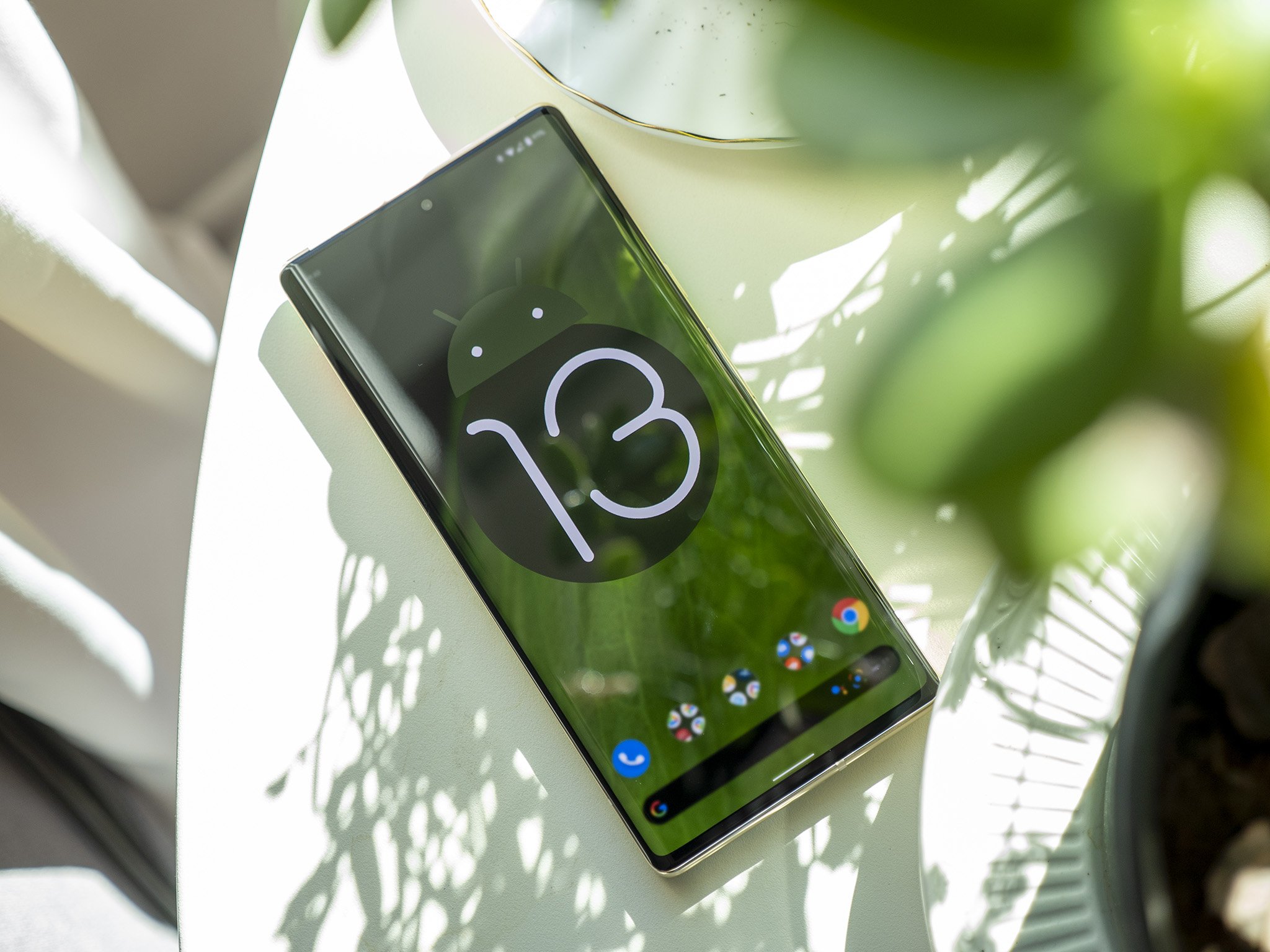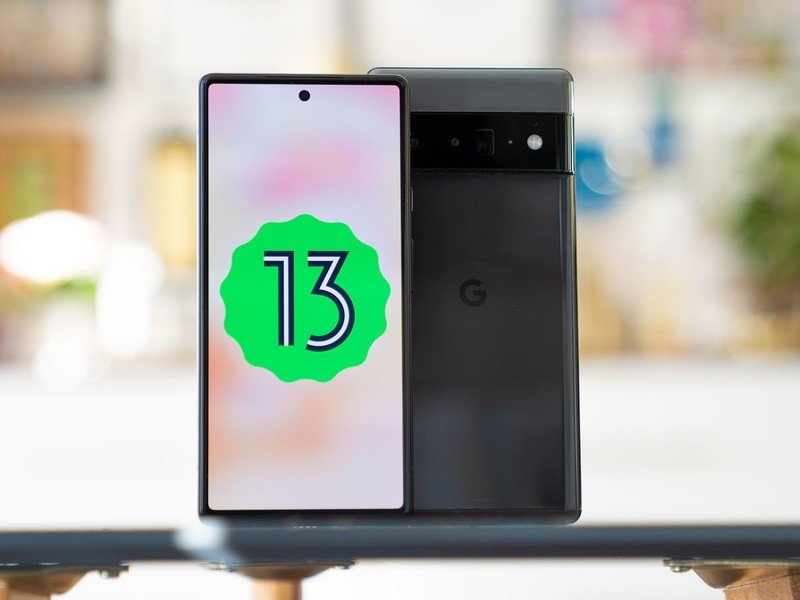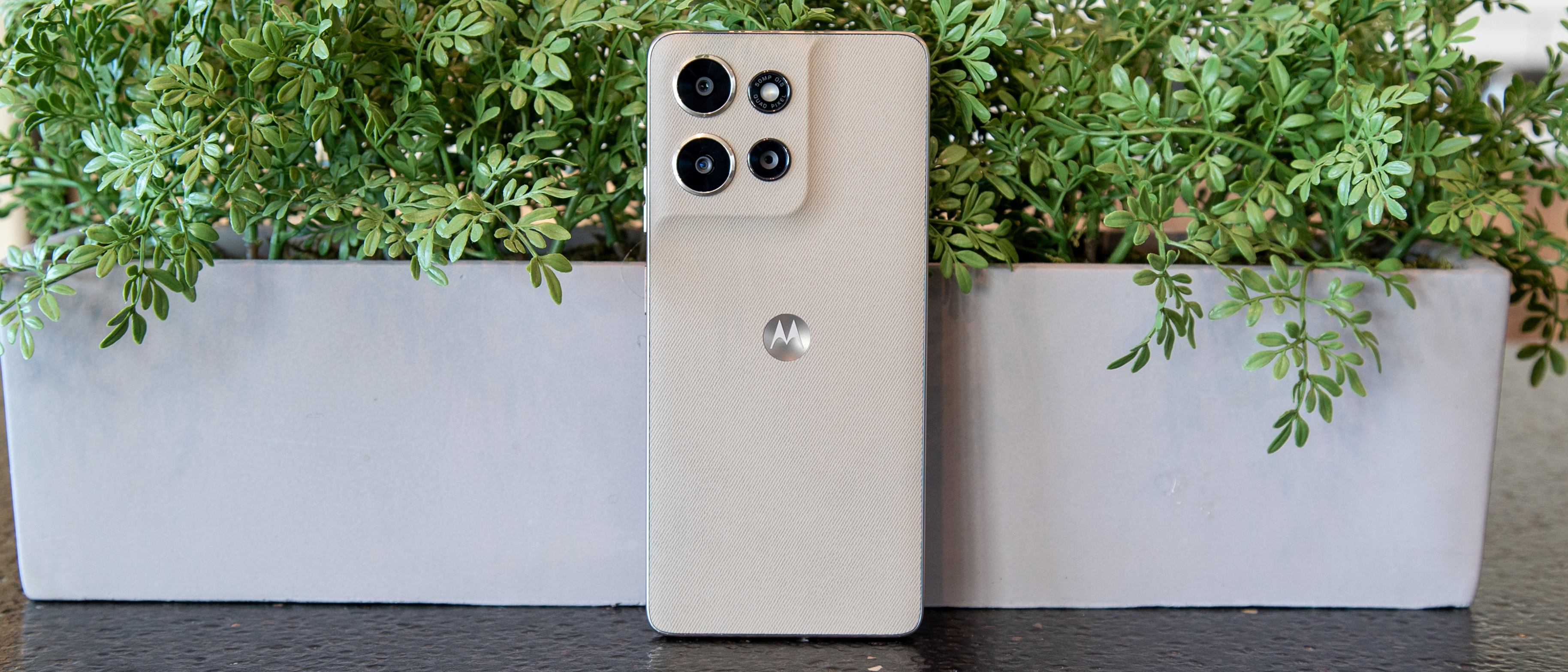Android 13's Developer Preview isn't really an iterative update, but it will be big

Android 13's Developer Preview can hardly be seen as an iterative upgrade because of how big the Android 12 update has been, say experts. They add that it is far too early to tell what exactly the new OS will have that could make it a solid improvement for Google.
Google released the Android 13 Developer Preview for Pixel phones on February 10, and as most people may have expected, there aren't many new introductions to user-facing changes. From what can be seen right now, Android 13, which will be available on the best Android phones in the future, is focusing on privacy, security, and developer productivity.
More recently, XDA Developers wrote that Android 13 could likely be the "iterative upgrade that solidifies the path for the future." The author of the article, Adam Conway, indicated in the that Android 12's design "wasn't necessarily a design that resonated with everyone," and that, from what we see so far, which is a "very marginal iterative improvement," Android 13 "solidifies that direction of design."
Mishaal Rahman, senior technical editor at Esper and former editor-in-chief of XDA Developers, agrees that Android 13 will likely be an iterative update over Android 12 when it comes to design, as Google doesn't overhaul its Material design language every year. However, he cautions against calling the overall Android 13 release as an 'iterative upgrade' at this point."
He notes that almost every Android update could essentially be considered an iterative update over the previous release, so "the term itself holds little meaning."
"Android 13 iterates on Android 12, which iterated on Android 11, which iterated on Android 10, and so on and so forth. Development on Android never ends, so every feature that isn't ready in time for the public release of the next Android version gets pushed back to a future release," he says.
Rahman explains that Google does plan out which features they want to have in specific releases.
Get the latest news from Android Central, your trusted companion in the world of Android
For example, Google clearly planned to debut Material You with Android 12 and most of the UI changes and features associated with it, such as dynamic color.
Jitesh Ubrani, research manager for IDC's worldwide device tracker, agrees, indicating that it's just too early to tell if Android 13 really is an iterative update "as Google has yet to show off the OS in detail."
He adds that even if updates are very minor, it's not necessarily a bad thing, and that's because Android 12 brought some major changes.
"[Android] 13 would offer further refinement and hopefully further adoption," he says.
It's worth adding here that in October 2021, Google released Android 12L, which for all intents and purposes is a special version of Android 12 made specifically for large screen devices such as tablets and foldable devices.
Android experts might also add that 12L is the most stable version of 12 that just so happens to include a branch of UI that is targeted to foldables and tablets.
In this case, Android 13 would essentially be built from Android 12L. It's also worth explaining that it's been a while since Google has released an interim version of its OS; the last time this happened was with Android 8 and Android 7. This all usually happens because Google may have had the intention of releasing specific features but because have to delay it because they're not ready.
Rahman notes that because it's an interim release, it was probably why 12L "doesn't seem to bring many new features to the table."
Anshel Sag, a senior analyst at Moor Insights & Strategy, agrees and says that 12L is a welcome addition for larger formats.
"Which makes sense as Android starts to expand deeper into Windows and foldable form factors," he says.
Why you shouldn't download Android 13 (developer's version)

Google typically reserves the developer's version of an OS specifically for developers, which seems like an obvious statement.
To that, Rahman says that Google actually does not make it easy for the average user to install the Developer Preview. You've got to manually install it, either by sideloading the appropriate OTA package via the recovery environment or by flashing the factory image package via the fastboot tool, Rahman explains.
Rahman also notes that the developer's version usually has bugs and a lot of it.
"Google is definitely interested in hearing about these bugs, but they and other device makers won't provide direct support or immediate fixes for them. Likewise, app developers won't prioritize providing support for users running Developer Preview builds; they will update their apps on their own cadence," he says.
Further to this, Rahman also adds that a lot of apps refuse to run or restrict available features on software builds that aren't compliant with CTS (Compatibility Test Suite). This means that Android software has to be compliant with specific Android compatibility requirements.
"If you are not a developer, you should absolutely refrain from installing the Android 13 Developer Preview. I myself have not installed the Developer Preview on my personal phone, a Google Pixel 6 Pro. If you are a regular user and have a spare phone or a PC capable of running the Android Emulator, then there's no harm in trying it out. However, if you plan to install it on your daily driver device, I would caution against it," he says.
But more importantly, even average users who want to play around and see what the new OS might have in store may find it glitchy and difficult, Sag says.
"After experimenting with Android 12 on the Pixel 5 early on, there were a ton of bugs and it was pretty annoying to use as a daily device and I wouldn't recommend it. I would definitely recommend it for developers building apps and want to make sure things work in the new OS, but otherwise, I wouldn't advise downloading it so early," he says.
Ubrani notes that the current version of 13 is "still under baked and doesn't feature a user-friendly installation nor is it very stable."
He says that installing it today has the potential to do more harm than good for the average user.
What does Android 13 need for it to be successful?

While the XDA article noted that Android 13 sets the future for Android, it's actually Android 12L that has set the future, Rahman says.
"Android 12L is marketed as the big OS update for large screen devices like tablets and foldables, but it's simply setting the foundation for future updates. Android 13 needs to pick up where Android 12L left off and introduce more substantial changes to the tablet experience. Evidence suggests Google is doing just that with the 'hub mode' and screen saver changes, but I'd like to hear directly from Google about what it plans to do to take on iPadOS," he says.
Ubrani agrees, indicating that one change that seems like a potential standout is the ability for Pixels to stream apps to nearby Chromebooks or PCs.
"That would help Android go toe-to-toe with Apple in many ways," he says.
He also adds that the adoption rate should be improved, adding that Android's largest drawback is "still how quickly vendors and users adopt the latest version." He says Google has been working on this for years, but anything the company could do to incentivize adoption would go a long way.
"That could perhaps include further compartmentalizing the OS, making dev previews available sooner, or something else entirely, as long as it helps move the needle for the installed base," he says.

Shruti Shekar is Android Central's Editor-in-Chief. She was born in India, brought up in Singapore, but now lives in Toronto. She started her journalism career as a political reporter in Ottawa, Canada's capital, and then made her foray into tech journalism at MobileSyrup and most recently at Yahoo Finance Canada. When work isn't on her mind, she loves working out, reading, watching the Raptors, and planning what she's going to eat the next day.
